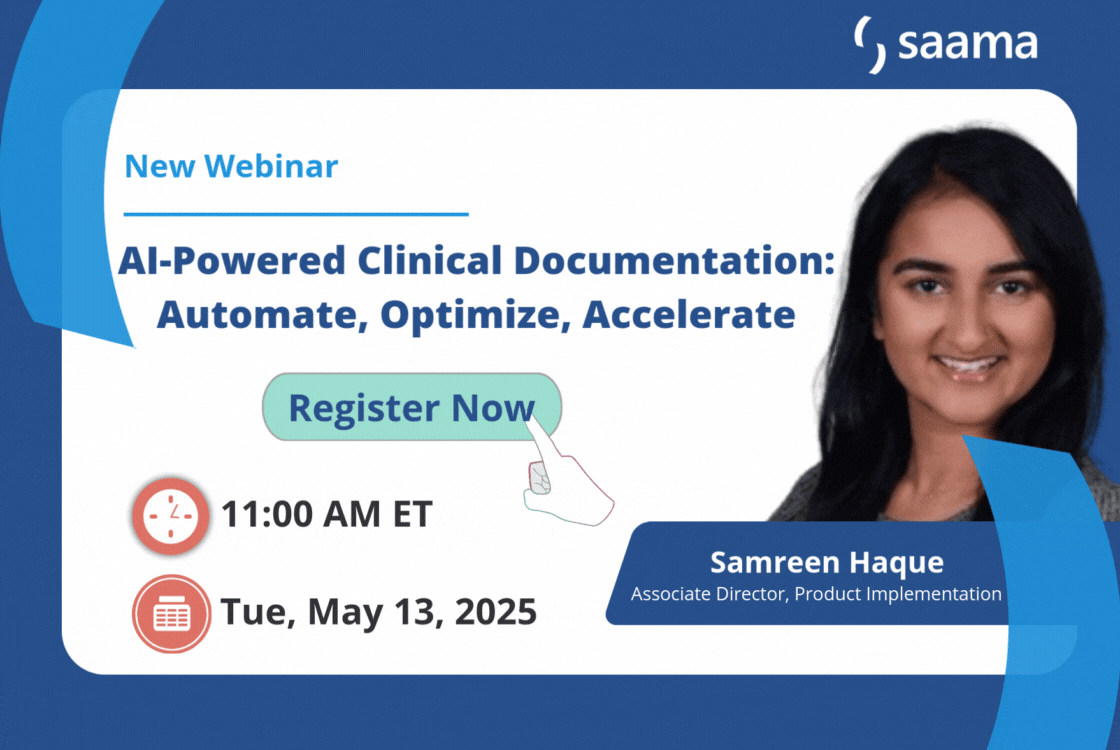No matter what your core focus is as a life sciences organization, manual data review is laborious and time-consuming, and vulnerable to human errors. A single error or omission can impact your data’s accuracy and quality for further study or use. Here’s where Artificial Intelligence comes in. As an adaptive, scalable solution, AI offers opportunities for process optimization across the life sciences industry as a whole.
The question is: is it better to build or to buy an AI solution that supports your operational requirements? We have the answer for you below. Let’s dive in and take a look.
Should You Build or Buy an AI Solution as a Life Sciences Organization?
The answer to this question will primarily be determined by what area of the life sciences sector in which you operate. Are you situated in discovery, working with molecule research and identification or development in which you’re focusing on getting FDA approval and speeding up time to market? What’s your core focus?
Another key question is the process or set of processes you’re looking to enhance by using AI. Is it a focus area that’s core to your intellectual property? If your answer to this question is yes, then building your own custom AI solution might be the right option for you.
If molecule discovery is central to your core intellectual property, then it can definitely make more sense to custom build an AI tool that simplifies and speeds up your processes. But you’ll need to consider the AI’s computational capabilities and scale and decide if you have the resources (the tools, the team, the time, and the capital) necessary to conceptualize, plan, develop, train, and test the models over the long term.
If you’re in the development and commercializations sectors, focusing more on clinical trials and operations management, buying an off-the-shelf AI solution ready to use is the better choice.
Does this mean you shouldn’t consider building your own solution? Of course not! You definitely could build your own AI solution from scratch. But this will be costly, not to mention time-consuming, potentially impacting clinical trial timelines and time to market. You’ll also miss out on the larger industry benefits that your competitors might be benefitting from by using pre-developed, tried, and tested AI software.
Remember, it’s not just about understanding what works, it’s also about understanding what doesn’t work to prevent unnecessary losses. A robust, off-the-shelf AI solution has already undergone vigorous training and testing to identify potential weaknesses, eliminating them before they can impact data quality or operational efficiency.
So, when considering time, costs and convenience, buying a ready-to-use AI tool is the winner. But, not all AI solutions are built the same or come with the same features and structural capabilities. How do you know which solution is ideal for your organization?
How to choose the right AI solution to buy for your organization
There are three key aspects to consider when evaluating whether an AI solution is the right one for you or not, relating to ability, process, and people.
The first aspect relates to ability. What can the AI solution do? What does it offer in terms of features and capabilities? And do those capabilities align with and support my organization’s core focus?
For instance, an AI solution that can analyze and parse vast amounts of data from different sources but can’t integrate into your ecosystem won’t be much help. A good AI solution should come with built-in workflows that create structure and flow to your operations. It should offer an accessible user interface and scale easily within your operations.
The second relates to processes that are simple, yet vital. How has the AI model been trained and on what life science’s data? What processes have been put in place for mitigating risks and monitoring performance? For instance, at Saama, we’ve trained our AI models using over 300-million data points. We continuously retrain them to ensure they remain relevant, reliable and on par with the latest AI approaches.
The third consideration revolves around people. There’s a common misconception that AI will eventually replace people as AI models become more complex and transcend human capabilities. While this is understandable, people will always play a central role in clinical trials and studies.
We strongly believe that AI is not about replacing people, especially in an area as human focused as clinical development. AI is about equipping you and your team with the capabilities you need to simplify your tasks without sacrificing quality or accuracy.
No matter how advanced an AI might present itself, there should always be a “human in the loop” to monitor and manage it – something we live by here at Saama when developing our AI solutions.
Conclusion
So, should you build or buy your AI solution? Again, that will depend on your role within clinical development, your core focus and unique requirements. But, it ultimately is quicker and more cost-effective to leverage an out-of-the-box AI solution that can plug into and improve your operations immediately.
Book a demo with us to discover our AI solutions and how they can improve key process areas of your organization.

